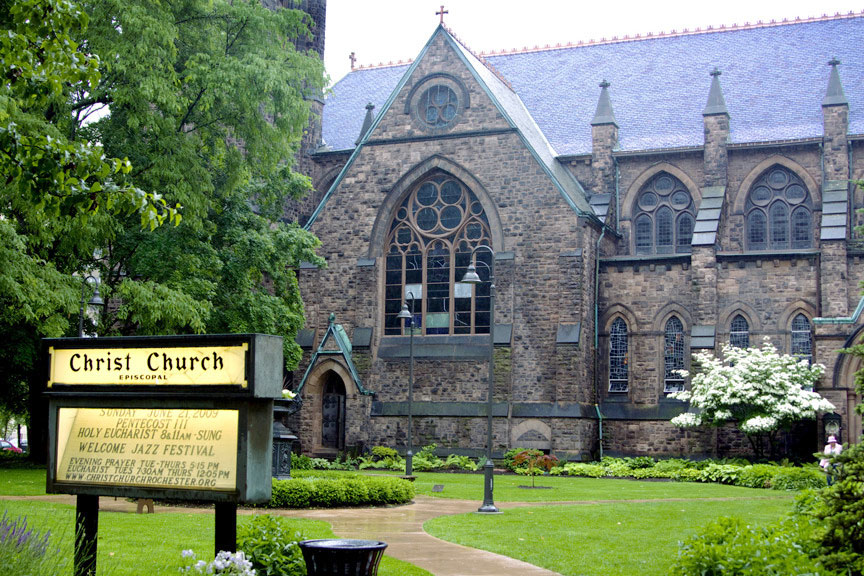This week concluded the KZN Phil's collaboration with the Cape Town City Ballet Company; Prokofiev's "Cinderella". Needless to say, there was much neck-craning from the pit to catch a glimpse of the beautiful costumes and audiences full of little girls in their own ballet-inspired outfits. As the orchestra made its way to the parking-lot after the shows, one couldn't help but observe the many spontaneous reenactments of the ballerinas by little kids and their parents, who were already thinking of ways to prevent their offspring from winding up as another starving artist. It made me think about what pivotal words of advice had an impact on my ultimate decision to go into music, and interestingly, the words that stick out the most were not the positive ones.
I'd like to think that my career has been filled with nothing but those Hollywood-style pep talks, like the one in the locker room right before the "big game". There are certainly words of confidence and encouragement that are meaningful to me, but it was the desire to overcome the negative feedback that I believe had the strongest impact on me. None of these comments stemmed from pure maliciousness; their power comes from the fact that they were said with no ulterior motive, simply very honest feedback.
The earliest I can remember was some summer music teacher who graded me on how well I prepared a book of etudes. I can only imagine how dedicated I was to preparing scales and etudes when I was 11-years old...but I remember her writing a large "F" on one in particular. My total lack of preparation resulted in an unacceptable rendition; it was a very small but visual symbol of failure. I was the only oboe student I knew of at the time, and therefore I believed that my achievements should be setting the standard; how could I fail with nobody to compare to? Perhaps I wasn't actually fooling anyone when I didn't practice...for as much encouragement as I am sure I received during that first summer, I only remember that lesson.
It was during this same summer that our neighbors next door called and asked, in all seriousness, if I was taking up the bag-pipes. I'm sure it was an accurate description but I can remember vividly wanting to sound better. This strong desire to improve had a clear inception point, it did not stem from the words of encouragement that I had received. A few year later in middle school, my own band director would make the judgement call to introduce my oboe as "the nasal instrument" in front of the entire school; the Loboe Project itself is a manifestation of my determination to overcome that very perception.
The words that stuck to me the most came at perhaps the most critical point in my education. I was fortunate enough to spend a summer at the Eastman School's "Music Horizons" program, a two-week crash course of what conservatory life is like, aimed at high-school musicians. Most students left the program with either a burning passion to make it into a music school or an extreme feeling of relief that they were going to avoid this path. I had not only decided that I wanted to go into music, but that I wanted to study at Eastman itself. Clearly, the school had made a good impression on me...
However, it was during a lesson with the program's oboe instructor at the time, (a former alumna and incredibly talented oboist who would later go on to a successful orchestral career), that I received some shocking information. I played a solo oboe work and asked her if she thought I was on track to study music in college (I had two more years of high-school at that point). She said right away, "oh no, I don't think your conservatory material". I respected this oboist's playing so much and had been trying to soak up as much of her advice as possible; this was devastating to hear. Two weeks in this amazing environment were instantly replaced by the one candid opinion of a former student. I don't remember what the rest of the lesson was like, only my determination to overcome this verbal set-back.
In the end, whatever one's motivation might be, or how it developed, perhaps it is the negative feedback that is the most powerful catalyst for success. Dance-class enrollment may have increased in Durban following the ballet production; I wonder how many students will be motivated to persevere beyond their own inevitable negative critiques...



 My last post was dedicated to the very serious issue that South Africa's artistic communities face when it comes their relationship with the Internet. I learned of an incredible news story that I feel sums up the problem quite well, click the headline below to read the full story.
My last post was dedicated to the very serious issue that South Africa's artistic communities face when it comes their relationship with the Internet. I learned of an incredible news story that I feel sums up the problem quite well, click the headline below to read the full story.






























 Rehearsals have begun in Rochester, NY for the large ensemble pieces that feature the "low A" (works by composers Paul Coleman and David Plylar). It has been fascinating implementing this note in original works. However, while the extra note might seem as straight-forward as pushing down a single key, there is more to the story.
Rehearsals have begun in Rochester, NY for the large ensemble pieces that feature the "low A" (works by composers Paul Coleman and David Plylar). It has been fascinating implementing this note in original works. However, while the extra note might seem as straight-forward as pushing down a single key, there is more to the story.


.bmp)